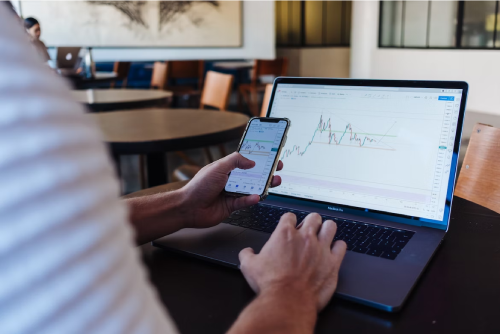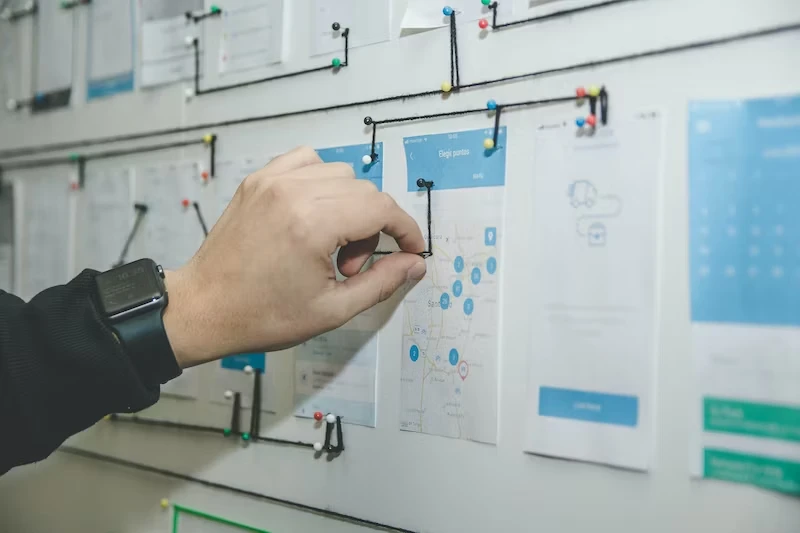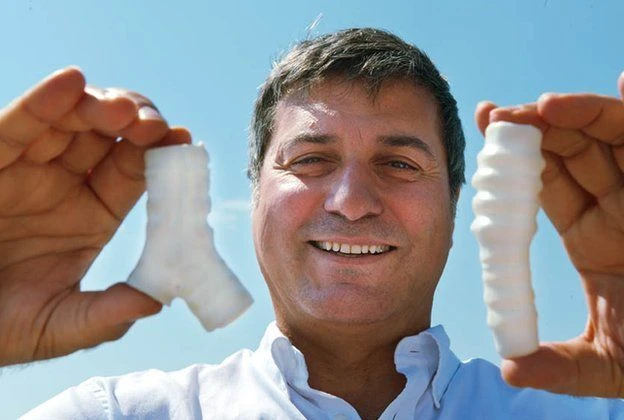
When you are young investing for the future can seem like a pointless exercise. The current volatility of the markets, however, and the loss in value of pension funds is a good example of why it is essential to take care of your financial well-being and health.
Choosing to invest using a stocks and shares ISA means having more control over your savings and your comfort level in retirement. It may be a long way off or just around the corner, it does not matter which, you need to start investing. Whether it be REITs, biotech companies, second citizenships, or other investments.
Setting your target
The key to creating the right income is to establish what that is. For example, if you are happy with an additional £150 per month then you’ll need $1,800 per year. That creates your target. This figure can be anything you want.
However, it is critical to set a figure, this helps you to understand what you have to invest and where.
It’s essential to note that you earn money from stocks and shares via dividends. In other words, you purchase shares in a company and, if they do well, you will receive a dividend because you’re a shareholder.
The value of this dividend will depend on the type and number of shares you have.
Choosing the rights stocks & shares ISA
The next step in reaching your target is to choose the right stocks and shares ISA. You need to have an account that is easy to manage, gives you good access to the market options, and it won’t charge you a fortune to purchase or sell stocks and shares.
This will allow you to focus on purchasing the right ones to generate the dividends you need. It’s worth looking at the reputation of the ISA supplier. You can check this with friends and on social media. You’ll quickly appreciate which are the good ones.
Allowing for dividend yield
Deciding the amount of funds you need from dividends is only a step in the right direction. You now need to invest in your ISA and allocate your funds to the right stocks and shares.
There are two factors controlling the right stocks and shares:
-
Market performance
In order for a company to pay dividends on its shares, it needs to generate a profit. That means, if you want to take the safe option you’ll need to choose companies with long track records and those operating in markets that are performing well.
For example, despite the push toward electric vehicles, oil prices are still increasing, suggesting the possibility of bumper dividends.
-
Average yield ratio
You will have a platform to manage your stocks and shares ISA. This should display the average dividend yield for specific companies. It isn’t guaranteed but, if you choose companies that regularly have the same figure your money is fairly safe.
You will need to multiply your annual target by the dividend yield. For example, if the yield is 5% then £1,800 is 5% of $36,000. In other words, you’ll need $36,000 worth of stocks and shares to earn your desired £150 per month.
Importance of diversification
Yields vary between businesses and industries. They can also change depending on the business and even global events. Investing in stocks and shares is a long-term plan. Also, you need to keep your funds diversified. That means investing in lots of different things, it will minimize the risk and protect your monthly income.
It is important to conduct your own due diligence as this does not substitute a financial advice from your trusted financial specialists.
This might be your next read: Scotland leads UK in number of spinoff deals, says new report
For other finance news, check this out: Chester’s tourism outlook boosted by new national funding







